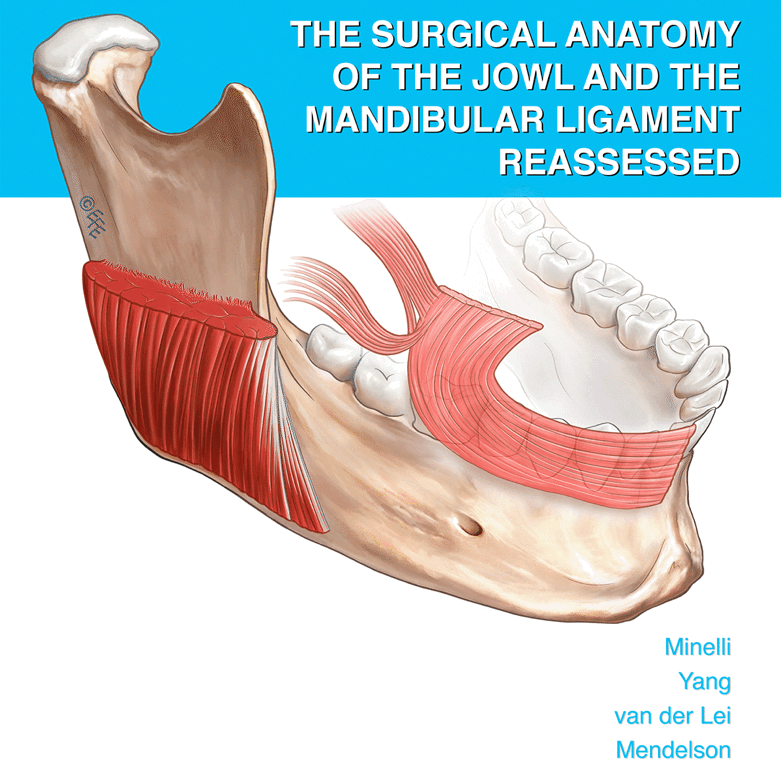Abstract
Objectives
According to some authors, the buccal space is incompletely closed with no real anatomical separation from the masticator space, and also has no fascial limit toward the cranial and caudal regions. However, several other authors consider this anatomic area to be a separated space. The goal of this study was to provide a detailed description of the normal anatomy using medical images and human cadaveric head material dissection of this facial anatomic region, to precisely clarify its condition as an extension of the masticator space or an independent space.
Methods
The buccomasseteric area in 25 male and female patients aged 14–68 years, who were referred for various head and neck disorders that did not compromise the masticatory and buccal area, was analyzed by magnetic resonance imaging on the axial and coronal planes. The region was further examined by dissection of the buccomasseteric area in four heads of fresh adult male and female human cadavers aged 30–65 years.
Results
The findings demonstrated that the buccal compartment should be considered part of the masticator space, rather than a space in itself. This was mainly because a corridor was positioned medially to the tendon of the masseter muscle that communicated the infratemporal region of the masticator space with the buccal region, with no fascial barrier at this level that could separate it from the masticator space.
Conclusions
The present study suggests that the buccal compartment is part of the masticator space, rather than a space in itself.





Similar content being viewed by others
References
Kostrubala MJ. Potential anatomical spaces in the face. Am J Surg. 1945;68:28–37. doi:10.1016/0002-9610(45)90415-6.
Gallia L, Rood SR, Myers EN. Management of buccal space masses. Otolaryngol Head Neck Surg. 1981;89:221–5. doi:10.1177/019459988108900215.
Hardin CW, Harnsberger HR, Osborn AG, Doxey GP, Davis RK, Nyberg DA. Infection and tumor of the masticator space: CT evaluation. Radiology. 1985;157:413–7. doi:10.1148/radiology.157.2.4048449.
Rodgers GK, Myers EN. Surgical management of the mass in the buccal space. Laryngoscope. 1988;98:749–53. doi:10.1288/00005537-198807000-00013.
Tart RP, Kotzur IM, Mancuso AA, Glantz MS, Mukberji SK. CT and MR imaging of the buccal space and buccal space masses. Radiographics. 1995;15:531–50.
Kim HC, Han MH, Moon MH, Kim JH, Kim IO, Chang KH. CT and MR imaging of the buccal space: normal anatomy and abnormalities. Korean J Radiol. 2005;6:22–30. doi:10.3348/kjr.2005.6.1.22.
Wei Y, Xiao J, Ling Z. Masticator space: CT and MRI of secondary tumor spread. AJR Am J Roentgenol. 2007;189:488–97. doi:10.2214/AJR.07.2212.
Tu AS, Geyer CA, Mancall AC, Baker RA. The buccal space: a doorway for percutaneous CT-guided biopsy of the parapharyngeal region. AJNR Am J Neuroradiol. 1998;19:728–31.
Coller FA, Yglesias L. Infections of the lip and face. Surg Gynecol Obstet. 1935;60:277–88.
Grodinsky M, Holyoke EA. The fasciae and fascial spaces of the head, neck and adjacent regions. Am J Anat. 1938;63:367–93. doi:10.1002/aja.1000630303.
Smoker W, Som PM. Anatomy and imaging of the oral cavity and pharynx. In: Som PM, Curtin HD, editors. Head and neck imaging. 5th ed. St. Louis: Mosby; 2011. p. 1633–4.
Guidera AK, Dawes PJ, Fong A, Stringer MD. Head and neck fascia and compartments: no space for spaces. Head Neck. 2014;36:1058–68. doi:10.1002/hed.23442.
Kimura Y, Sumi M, Sumi T, Ariji Y, Ariji E, Nakamura T. Deep extension from carcinoma arising from the gingival: CT and MR imaging features. AJNR Am J Neuroradiol. 2002;23:468–72.
Harnsberger HR. Handbook of head and neck imaging. 2nd ed. St. Louis: Mosby; 1995. p. 51.
Kurabayashi T, Ida M, Yoshino N, Sasaki T, Kishi T, Kusama M. Computed tomography in the diagnosis of buccal space masses. Dentomaxillofac Radiol. 1997;26:347–53. doi:10.1038/sj.dmfr.4600301.
Laskin DM. Anatomic considerations in diagnosis and treatment of odontogenic infections. J Am Dent Assoc. 1964;69:308–16.
Kurabayashi T, Ida M, Tetsumura A, Ohbayashi N, Yasumoto M, Sasaki T. MR imaging of benign and malignant lesions in the buccal space. Dentomaxillofac Radiol. 2002;31:344–9. doi:10.1038/sj.dmfr.4600723.
Walvekar RR, Myers EN. Management of the mass in the buccal space. In: Myers EN, Ferris RL, editors. Salivary gland disorders. 2007th ed. Heidelberg: Springer; 2007. p. 281–94.
Madorsky SJ, Allison GR. Management of buccal space tumors by rhytidectomy approach with superficial musculoaponeurotic system reconstruction. Am J Otolaryngol. 1999;20:1–5. doi:10.1016/S0196-0709(99)90051-0.
Kocaelli H, Balcioglu HA, Erdem TL. Displacement of a maxillary third molar into the buccal space: anatomical implications apropos of a case. Int J Oral Maxillofac Surg. 2011;40:650–3. doi:10.1016/j.ijom.2010.11.021.
Loukas M, Kapos T, Louis RG, Wartman C, Jones A, Hallner B. Gross anatomical, CT and MRI analysis of the buccal fat pad with special emphasis on volumetric variations. Surg Radiol Anat. 2006;28:254–60. doi:10.1007/s00276-006-0092-1.
Zhang HM, Yan YP, Qi KM, Wang JQ, Liu ZF. Anatomical structure of the buccal fat pad and its clinical adaptations. Plast Reconstr Surg. 2002;109:2509–18.
Scammon RE. On the development and finer structure of the corpus adiposum buccae. Anat Rec. 1919;15:267–87. doi:10.1002/ar.1090150602.
Gaughran GR. Fasciae of the masticator space. Anat Rec. 1957;129:383–400.
Acknowledgments
We would like thank Dr Guillermo Salgado Alarcón, Pontifical Catholic University of Chile, and Professor Miguel Soto Vidal, University of Chile, for their great contribution in providing us with the cadaveric material that made the present study possible.
Author information
Authors and Affiliations
Corresponding author
Ethics declarations
Conflict of interest
Jorge Pinares Toledo, Roberto Marileo Zagal, Loreto Bruce Castillo, and Rodrigo Villanueva Conejeros declare that they have no conflict of interest.
Human rights statements
All procedures followed were in accordance with the ethical standards of the responsible committee on human experimentation (institutional and national) and with the Helsinki Declaration of 1964 and later versions.
Informed consent
Informed consent was obtained from all patients for being included in the study.
Rights and permissions
About this article
Cite this article
Pinares Toledo, J., Marileo Zagal, R., Bruce Castillo, L. et al. Is the buccal compartment a masticatory space extension or an anatomic space in itself? Evidence based on medical images and human cadaver dissection. Oral Radiol 34, 49–55 (2018). https://doi.org/10.1007/s11282-017-0287-7
Received:
Accepted:
Published:
Issue Date:
DOI: https://doi.org/10.1007/s11282-017-0287-7




